Biography of KH. Wahid Hasyim
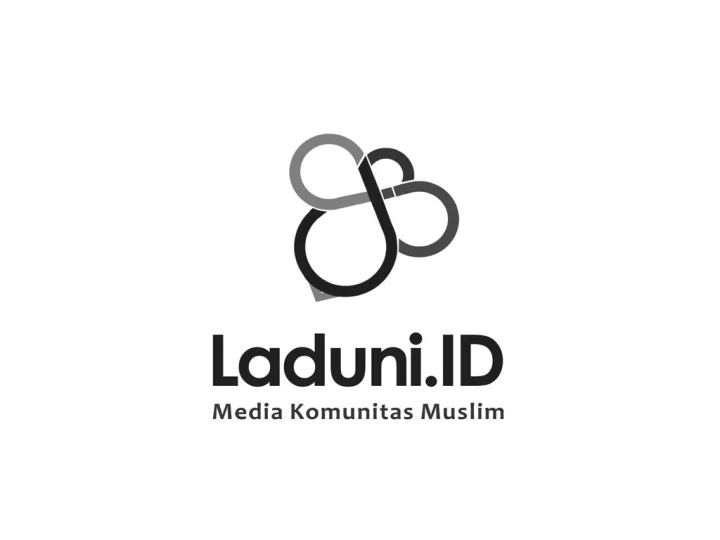
List of Contents profile KH. Wahid Hasyim
1. Life and Family History
1.1 Born
1.2 Passed Away
1.3 Family History
2. Sanad Knowledge and Education
2.1 Navigating Knowledge Since Young
2.2 His Masters
UNTUK DAPAT MEMBACA ARTIKEL INI SILAKAN LOGIN TERLEBIH DULU. KLIK LOGIN
Masuk dengan GoogleDan dapatkan fitur-fitur menarik lainnya.
Support kami dengan berbelanja di sini:
.png)

 Rp98.000
Rp98.000
 Rp894.000
Rp894.000
 Rp228.000
Rp228.000
![FEYRELY [BUNDLE] Powder Foundation + Lip Cream FEYRELY [BUNDLE] Powder Foundation + Lip Cream](https://down-id.img.susercontent.com/file/id-11134207-7r990-lr6toexgcjbt9f@resize_w450_nl.webp) Rp184.000
Rp184.000


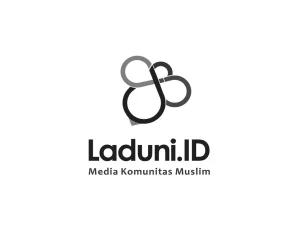
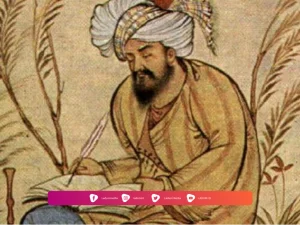
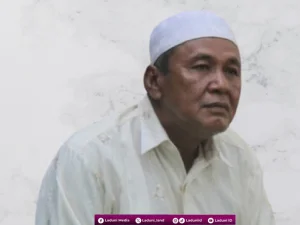
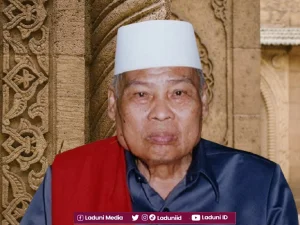
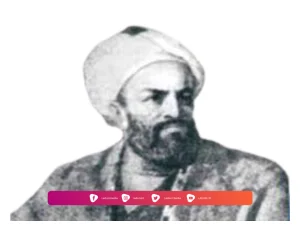
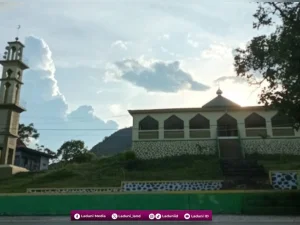

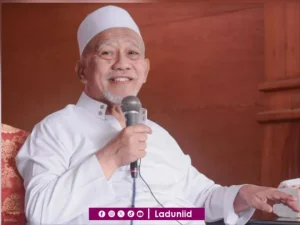
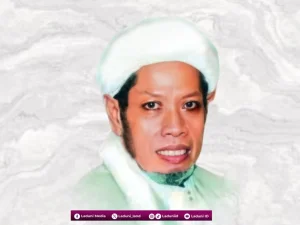
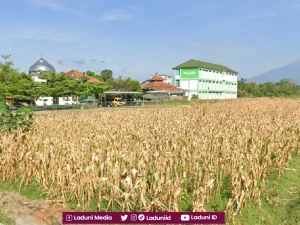
Memuat Komentar ...